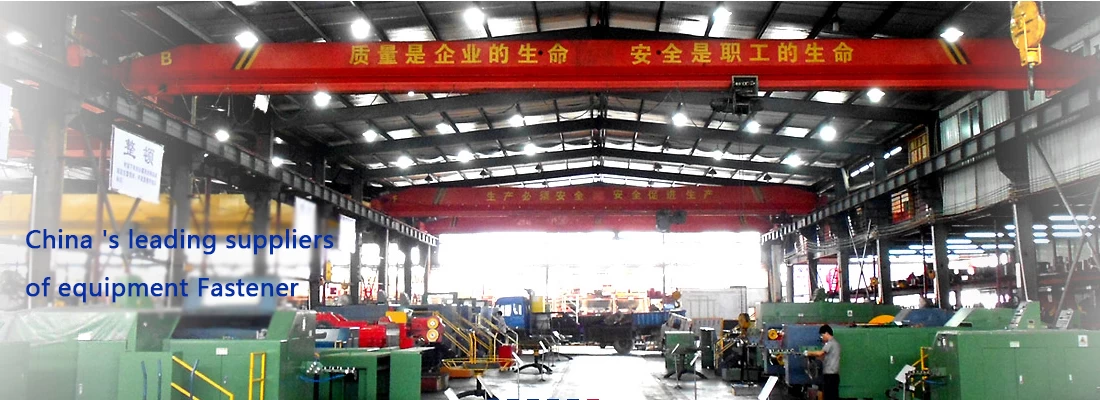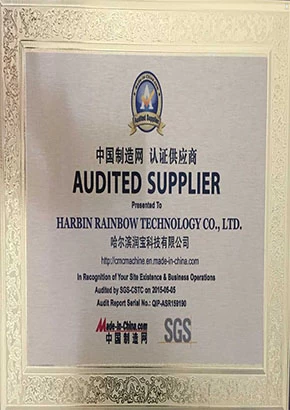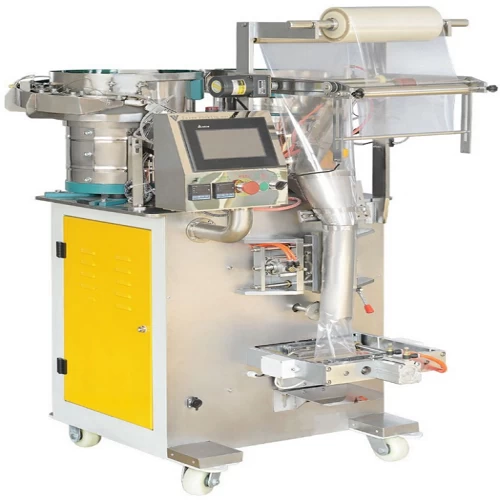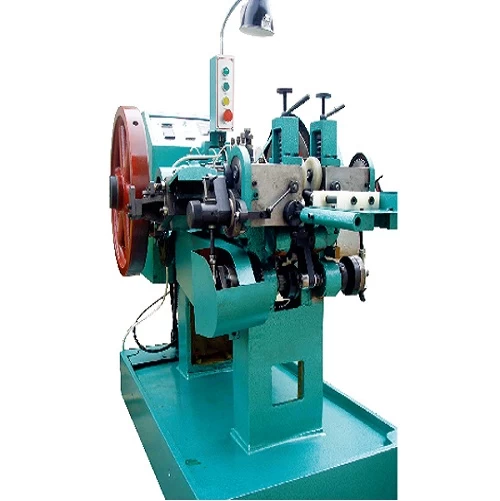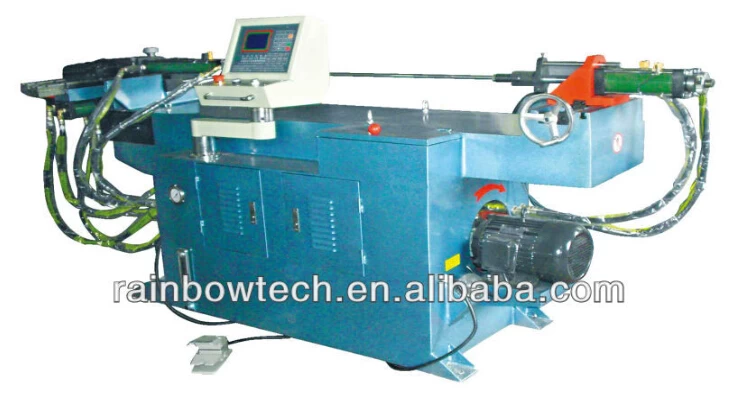Cold Headers: The Key to Efficient Fastener Production
Cold headers are essential machines in the manufacturing industry, especially for the mass - production of fasteners such as nuts and bolts. These machines operate at room temperature to forge and reshape the top of bars or wires, a process that is both efficient and cost - effective.
I. What is a Cold Header?
A cold header is a forging device designed to thicken the top of bars or wires at room temperature. It's a specialized machine that focuses on the "heading" process, which is crucial for producing high - quality fasteners. Instead of using high - temperature forging methods, cold headers utilize mechanical force to reshape the metal, saving energy and reducing production costs.
II. Components of a Cold Header
- Main Motor: The power source of the cold header, responsible for driving all the other components. It provides the necessary energy for the machine's operations, including the movement of the transmission system and the feeding mechanism 4.
- Transmission System: This system transfers the power from the main motor to different parts of the cold header. It ensures that each component receives the appropriate amount of power and operates in a coordinated manner. A well - designed transmission system can improve the machine's efficiency and accuracy 4.
- Feeding Mechanism: The feeding mechanism is used to supply the bars or wires to the cold header. It can be a linear feeding device, which precisely positions the raw materials for the forging process. This mechanism ensures a continuous supply of materials, enabling high - volume production 4.
- Cutting System: Once the material is in place, the cutting system is responsible for cutting the bar or wire into the appropriate length. This is a crucial step as the length of the material directly affects the quality of the final fastener.
- Clamping Device: There are mainly two types of clamping devices in cold headers: translation clamps and flipping clamps. Translation clamps are used to position and transfer workpieces in a straight - line manner, often for bolt - type products. Flipping clamps, on the other hand, flip the workpiece 180° during the transfer process, which is useful for certain types of fasteners 4.
- Ejector Mechanism: This mechanism is used to push the finished product out of the mold cavity. In modern cold headers, the ejector mechanism is designed to be adjustable, allowing for the production of different types of fasteners without the need for frequent component replacement 4.
III. Advantages of Cold Headers
- High Efficiency: Cold headers can produce a large number of fasteners in a short period. Their high - speed operation and continuous feeding mechanism make them ideal for mass production.
- Cost - effective: Since cold headers operate at room temperature, they consume less energy compared to high - temperature forging methods. Additionally, the high - precision forging process reduces material waste, further lowering production costs.
- Quality Products: The cold - heading process can produce fasteners with high strength and good surface finish. The mechanical force applied during the forging process ensures that the metal grains are properly aligned, enhancing the product's mechanical properties.
IV. Market Outlook
The demand for cold headers is expected to grow steadily in the coming years. With the continuous development of the automotive, construction, and machinery industries, the need for high - quality fasteners is increasing. Cold headers, as the key equipment for fastener production, will play an important role in meeting this demand. Moreover, technological advancements in cold headers, such as improved transmission systems and more precise control mechanisms, will further enhance their performance and expand their application scope.
In conclusion, cold headers are indispensable machines in the fastener manufacturing industry. Their unique working principle, well - designed components, and significant advantages make them a popular choice for manufacturers. As the market continues to evolve, cold headers will continue to be at the forefront of fastener production technology.







